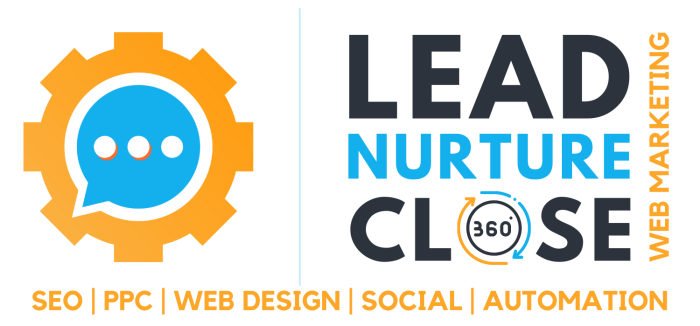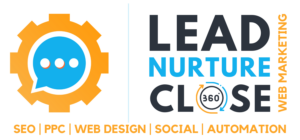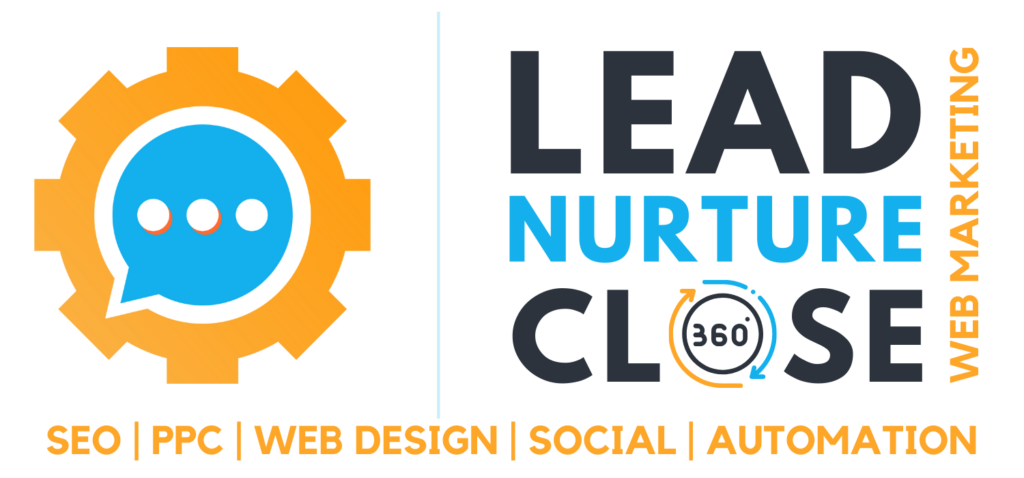The first step to ensuring the success of a content marketing campaign is to set yourself some goals. Undoubtedly, you will have read that advice before. After all, setting goals is at the top of the to-do list for any marketing campaign. But what goals should you set for a content marketing campaign? Here are twelve goals that you might like to consider when you are defining your content marketing strategy.
1. Brand Awareness
Brand awareness is likely to be the first thing that comes to mind when you think about content marketing. Top-quality, informative content will indeed get your brand noticed. However, don’t make the mistake of believing that brand awareness should be your only content marketing goal. If anything, brand awareness will come naturally as a result of pursuing some or all of the following content marketing goals.
2. Gain Subscribers
One of the goals of content marketing is to build an audience, and a mailing list is the best way to achieve that. People who subscribed to your mailing list are giving you their permission to contact them. While a subscriber is not a hot lead, a subscription does open the door for later conversion. Content written to attract subscribers is not generally a hard sell. You will get more subscribers by providing that content that is informative and offers value.
3. Lead Generation
Lead generation is a different goal from gaining subscribers, and it requires a slightly different type of content. Your aim with subscribers is to generate an audience. Lead generation is designed to create sales. Lead generating content is likely to be more product-oriented. The content might be designed to encourage prospects to register for an event, for example, or request a demonstration, or get a quote. You will want to qualify any leads, too. So, you would probably ask for more information from a potential lead than you would from a subscriber.
4. Customer Support
Content marketing can also be used to provide customer support. A frequently asked questions (FAQ) page is the most common form of customer support content. But you could expand on that theme by producing more detailed “how-to” guides related to your products. You might also make customer special announcements on your blog and let customers know about any new developments in the pipeline. Customer support content may not be of immediate interest to prospects and leads. Still, it does demonstrate your commitment to customer care and support.
5. Establish Brand Authority
Brand awareness gets you noticed but establishing your brand as an authority in your niche gains the trust of your target audience. The type of content you need to earn that trust must demonstrate that you understand your customers’ needs and concerns, and you have the skills to address those issues. Brand authority content can be unrelated to the product or service a company sells. However, the content must be relevant to the target audience and demonstrate that the brand is aligned with its customers’ values.
6. Illustrate Product Benefits
Content marketing can also be used to illustrate the benefits of a product. For this type of content, you could use customer testimonials or case studies. Or the content could be an in-depth explanation of the uses and benefits of a product. Blog posts and videos provide much more scope for in-depth descriptions of product benefits. So, this type of content can be used to support shorter-form advertisements or products. And content showcasing product benefits can, of course, also be used to drive traffic to product pages or other calls to action.
7. Overcome Objections
Prospects are always on the lookout for problems. But a few strategically placed pieces of content could quickly put a prospect’s mind at rest. For example, suppose your product is priced at the higher end of the scale. In that case, you could overcome price objections with an article explaining how your product saves people money in the long term. If your product looks a bit complicated to use, you could demonstrate how straightforward it is to use in a video. The great thing about using content to overcome objections is that the prospect finds the answer themselves, which can be far more convincing than a salesperson telling them the answer.
8. Gain Customer Loyalty
Most people think about content marketing only in terms of generating new business. However, your blog and social media accounts are excellent vehicles for encouraging customer loyalty and repeat business as well. You can use content to give something back to customers and help them make the most of your products. You could also try to develop a community around your brand by allowing customer guest posts on your blog. Remember, too, that your content doesn’t need to always be about your brand. You could promote community projects or events that your customers might interested in, too.
9. Boost Customer Engagement
People want to business with people, not faceless companies. That simple rule applies to business-to-business (B2B) sales as much as it does to consumer sales. Blogs, videos, and podcasts provide an ideal opportunity to show the human side of your brand and increase customer engagement. Creating an almost personal relationship with customers should increase repeat sales and boost new business sales. When a prospect sees the friendly, personable side of your brand, it will count in your favor if the competition is cold and remote from its customers.
10. Attract the Best Talent
One of the first things that job candidates will do is check out the company’s blog and social media accounts. So, content that demonstrates the benefits of working for your company could help you attract the best talent when you are recruiting. The content you publish on any platform goes towards the impression that people form of your brand. For that reason, it is worth considering everyone, including job candidates, lenders, and suppliers, when you are strategizing your content marketing campaign.
11. Attract Strategic Partners
Publishing top-quality content is likely to get your brand noticed by other organizations operating in your niche. And the visibility that content marketing creates could lead to potential strategic partners approaching you. Strategic partnerships can provide immense benefits for any business. You might be able to host joint events, for example, or share costs of advertising campaigns. Teaming up with other companies might enable you to offer a broader, one-stop solution to customers. Your content marketing may also make it possible for you to gain the interest of influencers who may be willing to promote your brand.
12. Increase Traffic
It would be unwise to make an increase in traffic to your website your top priority. Indeed, you will see more people visiting your site if you publish high-quality content to achieve the above goals anyway. But posting informative and valuable content will get your website ranked higher in Google and other search engines. And, if you plan your content marketing campaign well, that traffic will be the right kind of visitors, too. Search engines reward websites that provide value to visitors. So, avoid publishing content solely for search engine optimization (SEO). Instead, focus on the above goals first, and then the traffic will come naturally.
Conclusion
To sum up, it pays to think beyond brand awareness and search engine optimization when formulating a content marketing strategy. So, consider how you might build some of the above ideas into your content publishing plan. Broadening the scope of your content marketing objectives will make your blog and social media feeds more interesting. And a broader range of topics and focus will bring you a higher return on investment in your content marketing campaign.

















